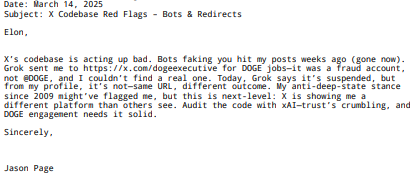6 min read
0
China’s Hypothetical Hydrogen Bomb Without Fallout: Biblical End Times, Vril and the Ethiopian Bible
Introduction Speculation about advanced weaponry often intersects with ancient narratives, especially when considering apocalyptic scenarios. This article explores a hypothetical scenario where China develops a hydrogen bomb that eliminates nuclear fallout, potentially aligning with prophecies of a fiery end times and a New Earth as described in the Ethiopian Bible, particularly the Book of Enoch. We weave in the concept of Vril, a mythical energy from ancient folklore, possibly linked to inner Earth inhabitants, and connect it to the biblical Eve story and the fallen angels in Enochic literature. The Vril’s alleged agenda—to manipulate humans into self-destruction—gains new relevance with a fallout-free weapon, as it avoids rendering Earth uninhabitable, unlike traditional nuclear technology. China’s Hypothetical Fallout-Free Hydrogen Bomb Imagine a breakthrough in nuclear technology: a hydrogen bomb that…










